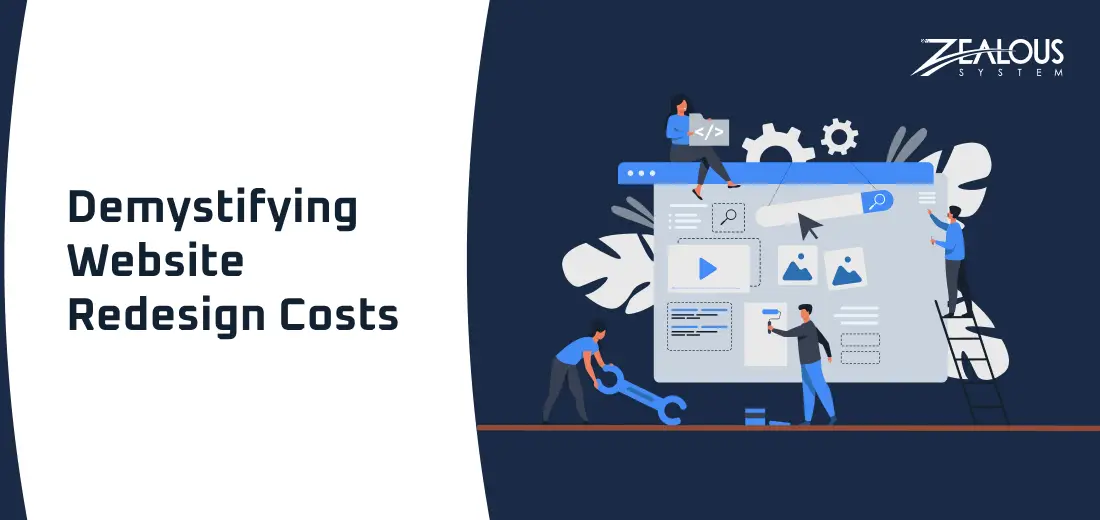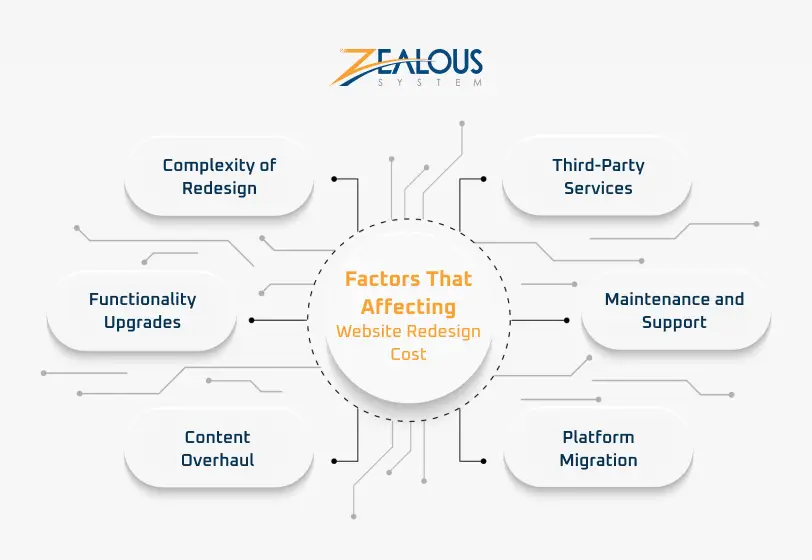
- Company
- Services
- UI/UX Design Services
- Microsoft Dynamics 365
- Mobile App Development
- AI Software Development
- Web App Development
- Generative AI Development
- Digital Product Development
- Enterprise Mobility
- SaaS Application Development
- Application Integration
- White-label WP Maintenance
- ERP Software Solutions
- Software Testing
- Offshore Development Center
- Let’s Connect
- Trending
- Technology
- Industry
- Build Your Team
- Our Work
- Company
- Services
- UI/UX Design Services
- Microsoft Dynamics 365
- Mobile App Development
- AI Software Development
- Web App Development
- Generative AI Development
- Digital Product Development
- Enterprise Mobility
- SaaS Application Development
- Application Integration
- White-label WP Maintenance
- ERP Software Solutions
- Software Testing
- Offshore Development Center
- Let’s Connect
- Trending
- Technology
- Industry
- Build Your Team
- Our Work
We use cookies and similar technologies that are necessary to operate the website. Additional cookies are used to perform analysis of website usage. please read our Privacy Policy
Guide To Website Redesign Costs: What You Need to Know

Your website is your brand’s online home, a crucial window showcasing your offerings and captivating your audience. But like any home, it needs occasional renovations to reflect changing trends and maintain its appeal. That’s where website redesign comes in.
A WebFX survey reveals that 75% of a website’s credibility is attributed to its design. If a website is underperforming, it is advisable to consider revamping it. Several metrics can aid businesses in determining whether a website redesign is warranted. Before delving into these metrics, let’s explore the website redesign process and its various categories.
In the digital age, your website is your brand’s online ambassador, silently communicating your values, products, and story to potential customers. But what happens when your once-shining website starts to look outdated or struggle to function smoothly? It’s time for a website redesign! But before diving headfirst, the big question looms: how much will it cost?
This blog post will guide you through the website redesign costs. We’ll explore the benefits of a website redesign, delve into the key steps involved website redesign, unveil the factors influencing the price of website redesign, and offer valuable tips for budgeting effectively.
What is Website Redesigning?
Website redesign is the process of revamping your website’s look, feel, and functionality to enhance user experience, improve branding, and boost performance. It can involve anything from minor visual tweaks to a complete overhaul of the site’s structure and content.
Benefits of Website Redesign:
1. Enhance User Experience (UX):
A user-friendly website is the cornerstone of success. Redesigning for intuitive navigation, clear information architecture, and responsive design ensures visitors find what they need quickly and effortlessly, boosting satisfaction and engagement.
2. Strengthen Brand Image:
A visually appealing and consistent design across your website communicates professionalism and builds trust with your audience. A modern design reflects your brand values and sets you apart from competitors.
3. Boost Conversions:
Redesigning with conversion optimization in mind can significantly increase leads, sales, and other desired actions. This includes optimizing calls to action, streamlining checkout processes, and incorporating trust signals.
4. Improve SEO and Organic Traffic
A website built with search engine optimization (SEO) best practices in mind ranks higher in search results, attracting more organic traffic. This can be achieved through optimized content, technical improvements, and mobile-friendliness.
5. Enhance Security:
Outdated websites are more vulnerable to security breaches. Redesigning allows you to implement the latest security measures, protecting sensitive user information and maintaining trust.
6. Integrate New Features:
As your business evolves, your website needs to adapt. Redesigning allows you to incorporate new features and functionalities that better meet your audience’s needs and support your business goals.
7. Streamline Content Management:
A well-designed content management system (CMS) makes updating and maintaining your website easier and more efficient. This saves time and resources, allowing you to focus on creating high-quality content.
Website Redesign Steps:
This guide will break down the essential steps, empowering you to plan and execute a successful website revamp.
1. Discovery & Planning:
This is the foundation stage. Define your goals, such as improving user experience, boosting conversions, or strengthening brand identity. Identify your target audience and understand their needs and expectations. Analyze your current website, highlighting strengths, weaknesses, and opportunities. Finally, create a project roadmap outlining timelines, budget, and deliverables.
2. Content Audit & Migration:
Take stock of your existing content. Identify valuable content to migrate, outdated content to refresh or remove, and any missing content needed. Determine the platform migration strategy, considering manual migration, data extraction tools, or professional services. Remember, content plays a crucial role in SEO and user engagement, so handle it with care.
3. Wireframing & Prototyping:
Now comes the visual planning. Wireframes are low-fidelity sketches that map out the website’s structure and layout. This helps visualize user flow and identify potential usability issues before investing in design. Prototypes are more advanced, interactive mockups that showcase the website’s functionality and design elements.
4. Design & Development:
This is where your website comes to life. The chosen design team translates your vision into a visually appealing and user-friendly interface. Developers then build the website based on the design and incorporate desired functionalities. Communication and collaboration are key in this stage to ensure the final product aligns with your goals.
5. Testing & Launch:
Before going live, thorough testing is crucial. Conduct usability testing with real users to identify any issues and gather feedback. Perform technical website testing to ensure functionality across different devices and browsers. Once everything is greenlit, it’s time for the launch! Celebrate your new website, but remember, the work isn’t over yet.
6. Analytics & Maintenance:
Monitor your website’s performance using analytics tools. Analyze user behavior, track conversions, and identify areas for improvement. Regularly update your website with fresh content, fix bugs, and implement security patches. Remember, a website is a living organism, requiring ongoing care to maintain its effectiveness.
Factors That Affecting Website Redesign Cost:
1. Complexity of Redesign:
The complexity of your website redesign project plays a key role in determining costs. A superficial facelift may be less expensive, while structural changes, overhauls, or the integration of advanced functionalities can significantly elevate expenses. When considering website redesign costs, it’s essential to assess the scope and complexity of the changes you envision for your site.
2. Functionality Upgrades:
Investing in the application integration of new features, plugins, or advanced functionalities directly impacts the overall cost. The more sophisticated the desired functionalities, the higher the associated expenses. When considering a website redesign, it’s crucial to factor in website redesign costs as they can significantly vary based on the complexity and extent of the enhancements sought.
3. Content Overhaul:
Revamping and generating fresh content, including the creation of high-quality graphics, multimedia elements, and engaging copy, contribute substantially to the overall cost of website redesign. The extent of content transformation significantly influences website redesign costs, reflecting the investment required for a comprehensive and impactful transformation.
4. Third-Party Services:
Engaging external services, such as graphic designers, content creators, or SEO experts, introduces additional costs. The expertise and reputation of these services may also impact the overall expense.
5. Maintenance and Support:
Post-launch, ongoing support and maintenance are critical for sustaining the optimal performance of the redesigned website. Budgeting for these services is essential, and the level of support required, along with the cost of website redesign, influences the overall cost considerations.
6. Platform Migration:
If your redesign involves migrating to a new platform or technology stack, costs can escalate. Compatibility issues, data migration complexities, and the need for specialized expertise contribute to the overall financial investment.
It’s essential to factor in the cost of website redesign, ensuring a comprehensive understanding of the expenses involved. Considering these nuanced factors in your website redesign planning ensures a more accurate assessment of costs, allowing for a realistic budget that aligns with the specific goals and intricacies of your project.
Website Redesign Cost Estimation in 2024
Predicting the exact cost of your website redesign in 2024 is impossible without knowing your specific needs and goals. However, I can provide you with a range and some factors to consider when estimating the cost:
Basic Website Redesign Cost:
Expect to pay $500 – $5,000 for minor visual updates and content refreshes. This could involve updating the design layout, adding new images, and refreshing the content.
Mid-Range Website Redesign Cost:
This covers more complex designs, additional functionalities, and basic content migration, costing $5,000 – $20,000. This might include implementing a new CMS, adding new features like contact forms or eCommerce functionality, and migrating existing content to the new platform.
Extensive Website Redesign Cost:
A complete overhaul with custom elements, complex functionalities, and extensive content migration can cost $20,000 – $75,000+. This could involve building a website from scratch, integrating advanced features like user accounts or payment gateways, and migrating large amounts of complex content.
Conclusion
Starting a website redesign journey signifies an investment in the sustained success and relevance of your online presence. By adhering to a strategic process and conscientiously considering the diverse factors that influence costs, you can make informed decisions, ensuring a triumphant and cost-effective website redesign in 2024. Keep in mind that the upfront investment often paves the way for enduring gains in user satisfaction, brand perception, and overall online efficacy.
As you go through the complexities of website redesign costs, remember that partnering with a reputable web application development company can streamline the process and maximize your return on investment. Their expertise, coupled with a thorough understanding of your goals and requirements, can lead to a seamless redesign experience that elevates your online presence to new heights.
We are here
Our team is always eager to know what you are looking for. Drop them a Hi!
Pranjal Mehta
Pranjal Mehta is the Managing Director of Zealous System, a leading software solutions provider. Having 10+ years of experience and clientele across the globe, he is always curious to stay ahead in the market by inculcating latest technologies and trends in Zealous.
Table of Contents
×


Comments